The Phet
The Material Natives
Surprising to many, perhaps, the Phet are the ancestors of the Giants. Not only theirs, in fact, but also that of today's Dwarves, Gnomes, and Halflings by proxy. They were also responsible for the creation of the Warforged, as well as the Metal Dragons of myth- both of which were created in the old Phetian Soul Forges as weapons against the Chromatic Dragons of the Feywild during the Second Dragon War. The original Giants were likewise creations of the Soul Forges- created in their image as a slave race. It was through the routine ostracization of the smallest members of their species that Dwarves were eventually birthed. Rebellion, however, pushed their oppressors out of the underground citadels and onto the surface- eventually giving way to the Ovarketh and Orkind; later pushes towards the surface by the Dwarves would result in the birth of the Gnomes, who would go on to birth the Halflings in turn.
Giants
A towering, semi-nomadic tribal race that largely prefers settling in mountainous environments.
Dwarves
Adept Crafters and Smiths who remain in their ancestral citidels beneath the mountains.
Gnomes
Arcanists and Tinkerers known for blending mechanical and Arcane technology past its limits.
— Read More
Halflings
An agricultural race known for their Animal Husbandry and famous for their horseback skills.
— Read More









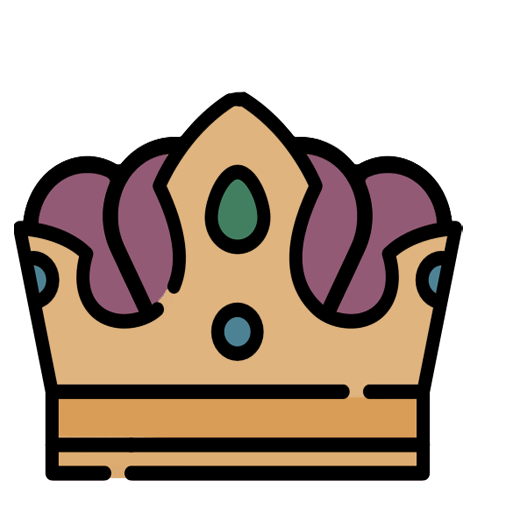
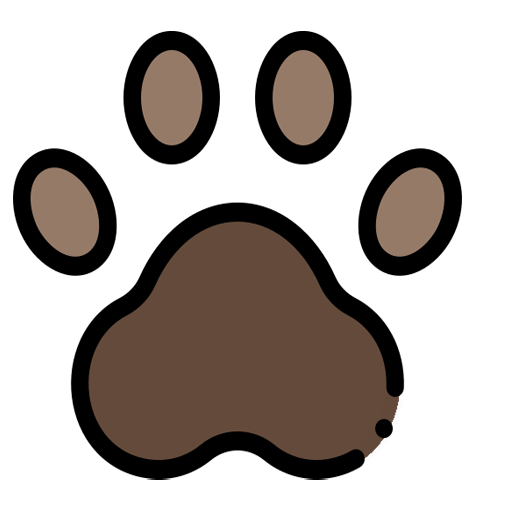
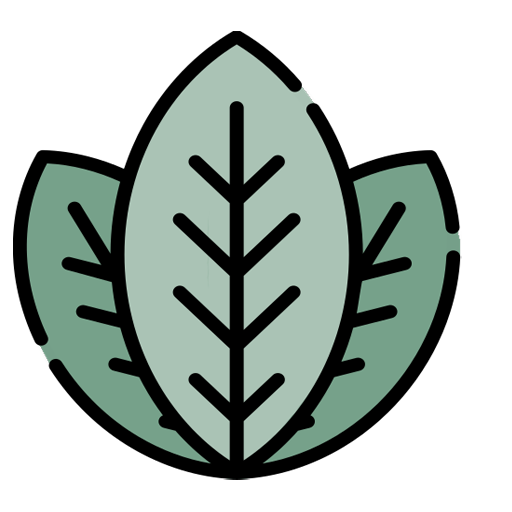
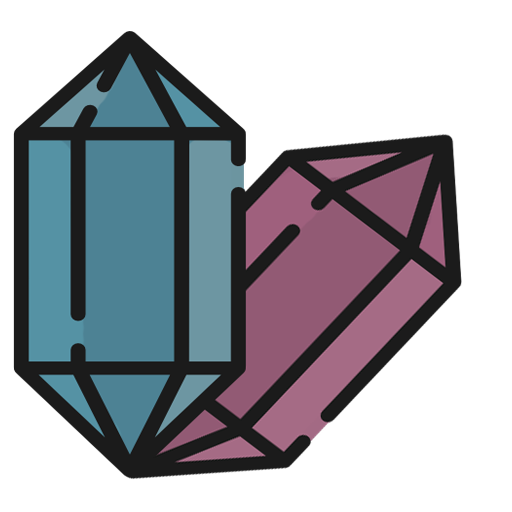








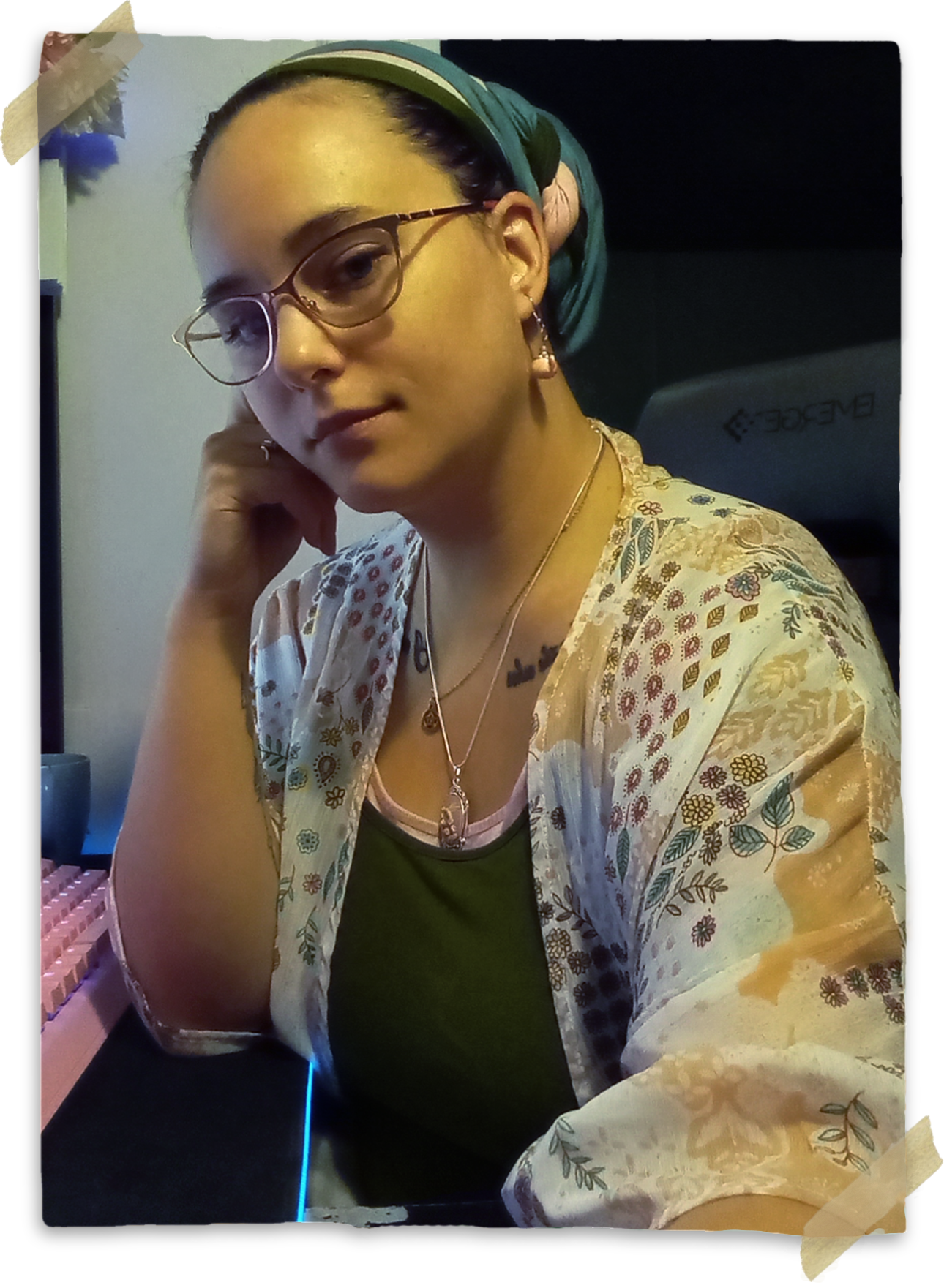
Comments
Author's Notes